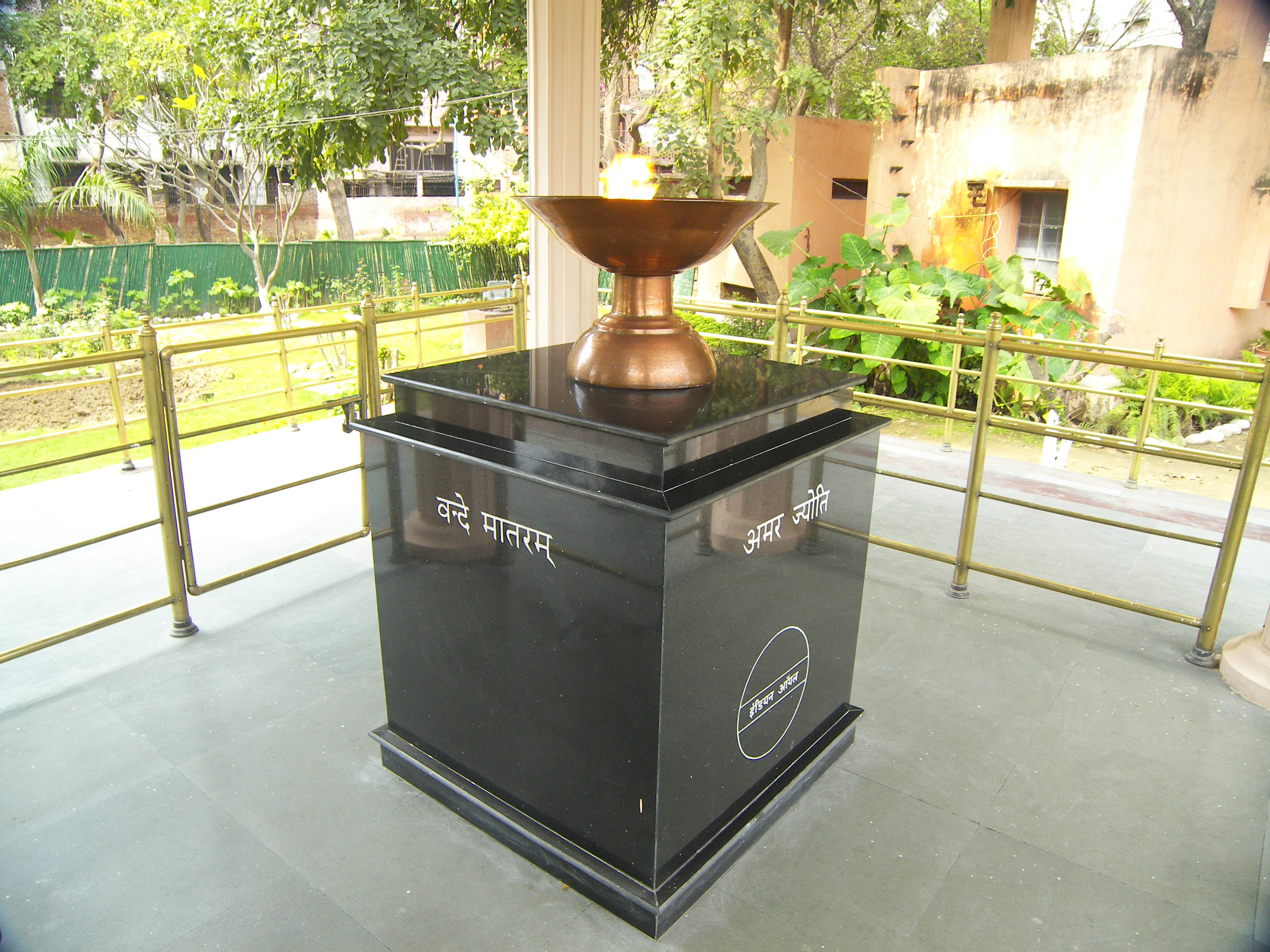
About Jallianwala Bagh
Jallianwala Bagh is a public garden located in Amritsar, Punjab in India. In the pre-Independence era, public rallies were organized on the grounds of Jalianwala Bagh. Inside the garden, a memorial was built in 1951. This was in remembrance of the innocent people who died in the 1919 massacre. Later on, a flame in honor of the martyrs was added. Since then, it has become the center of political and humanitarian significance. Dignitaries around the world, whether of political or social significance, have visited the place and offered their regrets and respect including Queen Elizabeth II in 1997. It remains to date a heartfelt and extremely sad memory in the hearts of Indians throughout the world.
History
Jalliawala Bagh Massacre
During the era of struggle against the British rule in 1919, a British lady by the name of Miss Marshella Sherwood, was cornered by an Indian mob and beaten. She was rescued by the father of one of her pupils, and taken to safety. The local British Commander General Dyer, ordered that every Indian man had to crawl on his hands and knees to cover the distance of the street on which he is travelling. Orders were also issued to beat Indian men if they came within lathi range of any British patrolman or soldier.
To protest the atrocities, abuse and insults ordered by General Dyer, on 13th April 1919, the day of the traditional and joyous festival of Baisakhi, thousands of men, women and children gathered on the grounds of Jallianwala Bagh to peacefully voice their protests. Approximately an hour after the meeting started, General Dyer, along with his armed soldiers and two armored vehicles full of machine guns, blocked the few narrow exits of the garden, and ordered indiscriminate and unprovocative firing on thousands of non-violent Indians, including women and children. As a result of this horrific action, thousands were killed. The official figure released by the British stood at 379. The unofficial estimate of the innocent deaths stands at 1000 approximately, which many still refuse to believe as the size of the crowd was between 10,000-15,000 people.
Symbol of Sacrifice
The Jallianwala Bagh is a symbol of the freedom struggle. Steps were taken to address the grief and loss of people by building up a trust in 1920 by the Indian National Congress. A monument to symbolize the sacrifices of innocent Indians killed in the massacre was built and was open to public in 1961, after an inauguration by the then President of India Dr. Rajendra Prasad, exactly 42 years after the date of the tragedy. The memorial was designed by Mr. Benjamin Polk, an American architect. A lantern made of stone is lit on all four sides of the monument with words of homage encrypted to salute the sacrifice of the martyrs. Jallianwala Bagh is originally a big garden covered by tall concrete walls on all the four sides, with very few narrow entrances. The garden is surrounded by residential houses and buildings on all the sides. Before the tragedy of the massacre, it was an ordinary space with boundary walls.
Timings
The monument in the garden is open for the public to view and visit. People can visit the garden on all seven days of the week. The timings of the visits are from 6:00 am to 9:00 pm in the summer and 7:00 am to 8:00 pm in the winter.
inks Block start -->